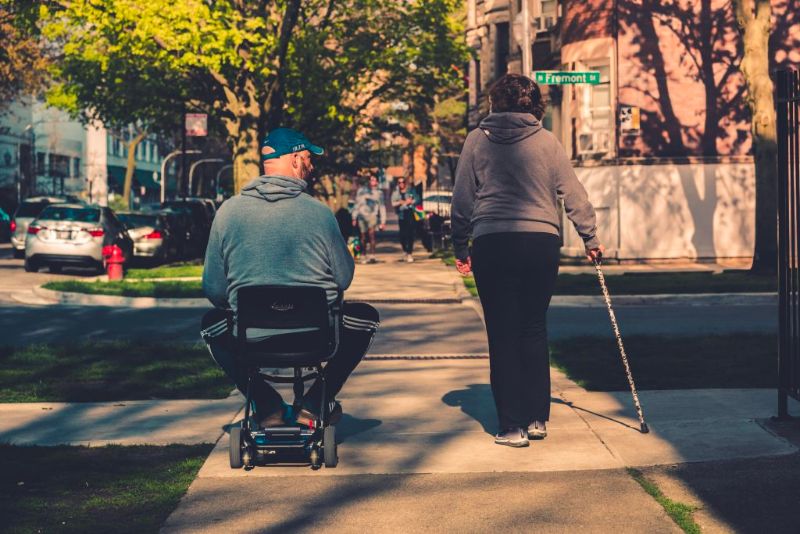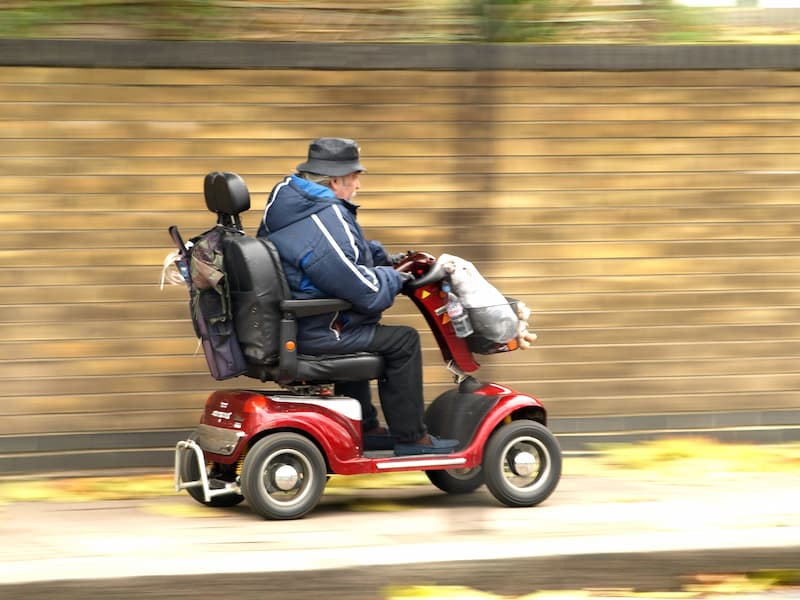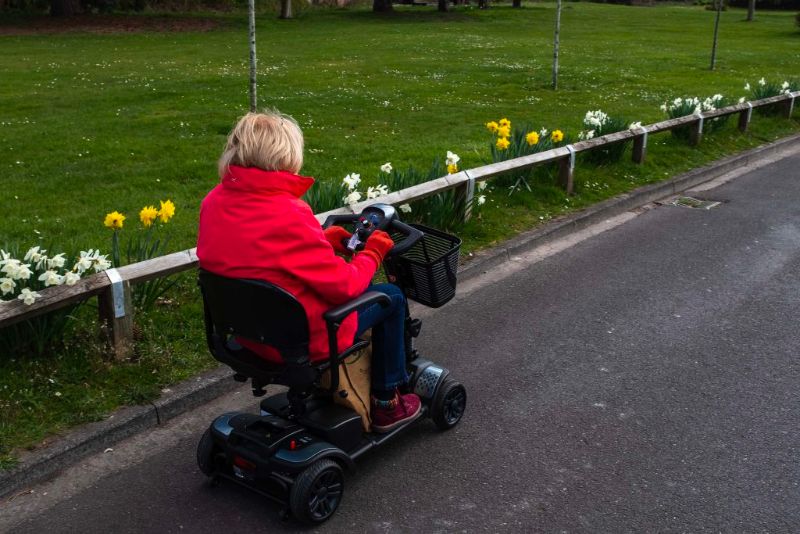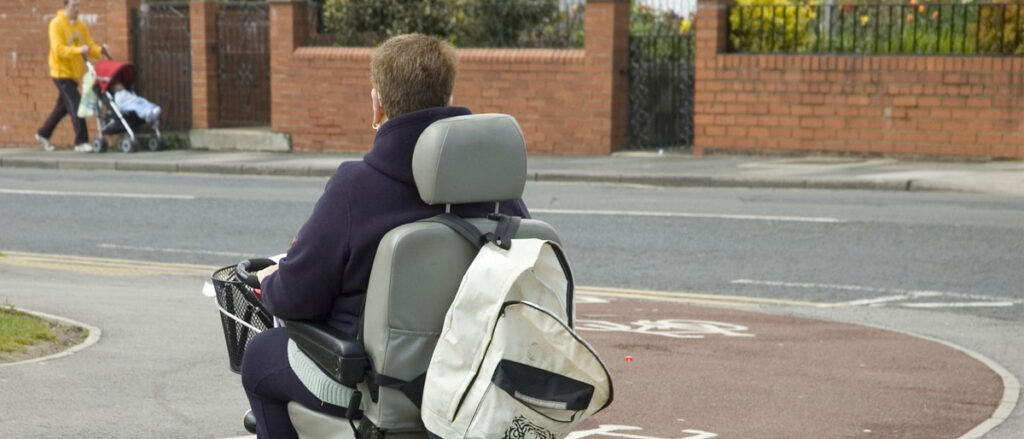Mobility scooters provide a valuable means of transportation for individuals with mobility impairments. However, understanding the rules and regulations governing their use in public spaces is crucial for safety and compliance.
In this guide, we’ll delve into the specifics of mobility scooter rules, addressing common questions regarding their legality on roads and pavements, safety considerations, and potential restrictions or exceptions.
What are the different types of mobility scooter?
First of all, let’s discuss the two types of mobility scooter and powered wheelchair to help you make an informed decision on where you can drive your mobility scooter. Mobility scooters and powered wheelchairs come in 2 categories:
Class 2 mobility scooters
A class 2 mobility scooter cannot be used on the road (except where there is no pavement) and has a maximum speed of 4mph.
Class 3 mobility scooters
A class 3 mobility scooter can be used on the road and has a maximum speed of 4mph off the road and 8mph on the road. Class 3 mobility scooters must have working safety features such as hazard warning lights, indicators, good breaks, lights, a horn as well as a rearview mirror, and should have a maximum width of 0.85 metres. If these features are not working, you could be stopped by the police.
Do you need to register your mobility scooter with the DVLA?
Before you head out on the road with your mobility scooter, you need to check if your mobility scooter needs to be registered with the Driver and Vehicle Licensing Agency (DVLA). Class 2 mobility scooters do not need to be registered, but Class 3 mobility scooters do need to be, as they can be used on the road.

Can I drive mobility scooters on pavements?
Mobility scooter users using Class 2 mobility scooters are allowed on the pavement, can can also go on the road where there is no pavement. Class 3 mobility scooters are also allowed on pavements but must stick to the 4 mph speed limit.
Are mobility scooters allowed on cycle or bus lanes?
Mobility scooters are not permitted to go on cycle lanes or bus lanes. However, if you need to get around obstacles or a pavement seems too unsafe, you are of course allowed to briefly enter a cycle lane, but watch out for cyclists!
Can I drive a mobility scooter on a dual carriageway?
Yes! It might come as a surprise, but you can drive mobility scooters on dual carriageways. However, you need to have an amber flashing light and it isn’t recommended to drive on a dual carriageway unless completely necessary due to other cars travelling over 50 mph.
Can you drive a mobility scooter on a motorway?
No, driving a mobility scooter on a motorway is illegal. Find alternative routes or use a dual carriageway if needed.
Where can I park my mobility scooter?
You can park your mobility scooter in areas that are safe and do not obstruct pedestrians, wheelchair users or people with prams. Make sure your mobility scooter is secured safely – read our blog about tips on how to keep your mobility scooter safe.

Do you need mobility scooter insurance?
Although it’s not a legal requirement, it’s important you have adequate mobility scooter insurance to ensure you are fully covered when you are out and about. Blue Badge Mobility Insurance offers mobility scooter and wheelchair insurance to give you peace of mind when you are driving your mobility scooter. Our insurance policies also include breakdown cover, so if your mobility scooter suffers a flat battery, you can be picked up and taken home.


